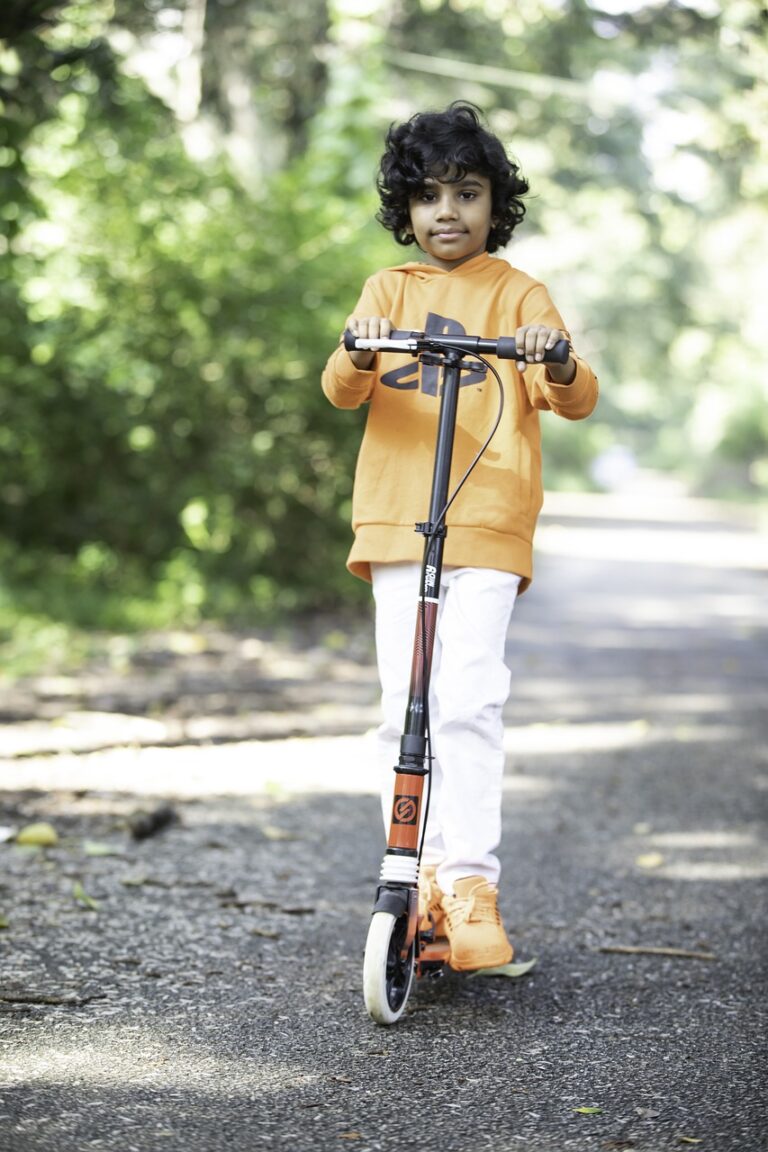
Gross Motor Activities and Ideas
Gross motor activities, which involve large muscle groups and whole-body movements, are highly beneficial to children’s learning and emotional regulation for several reasons:
Benefits to Learning:
- Brain Development: Gross motor activities stimulate brain development and improve neural connections. Physical movement increases blood flow to the brain, enhancing cognitive functions such as attention, memory, and problem-solving.
- Improved Focus and Concentration: Physical activity helps children expend energy, making it easier for them to sit still and focus during learning activities. This can lead to better academic performance.
- Coordination and Motor Skills: Developing gross motor skills lays the foundation for fine motor skills, which are essential for tasks such as writing, using scissors, and manipulating small objects.
- Sensory Integration: These activities help children process and respond to sensory information more effectively, which is crucial for learning and adapting to different environments.

Benefits to Emotional Regulation:
- Stress Reduction: Physical activity can reduce levels of stress hormones like cortisol and increase endorphins, which improve mood and promote a sense of well-being.
- Energy Release: Children often have high energy levels, and gross motor activities provide a healthy outlet for this energy, preventing restlessness and reducing feelings of frustration or anger.
- Self-Confidence: Mastering new physical skills boosts children’s self-esteem and confidence, which can positively impact their emotional health and willingness to take on new challenges.
- Social Interaction: Many gross motor activities, such as team sports or group play, involve social interaction, teaching children important social skills like cooperation, turn-taking, and empathy.
- Mind-Body Connection: Physical activity encourages children to become more aware of their bodies and emotions, helping them develop better self-regulation skills.
Examples of Gross Motor Activities:
- Running and Jumping: Improves cardiovascular health and leg strength.
- Climbing: Enhances upper body strength and coordination.
- Dancing: Promotes rhythm, balance, and spatial awareness.
- Playing Sports: Develops teamwork, strategic thinking, and motor skills.
- Cycling: Builds leg muscles, balance, and coordination.
- Obstacle Courses: Encourages problem-solving, agility, and flexibility.
Incorporating a variety of gross motor activities into children’s routines supports their overall physical health, cognitive development, and emotional well-being, making them better equipped to handle the demands of daily life and learning environments. Here’s a list of gross motor ideas that may benefit your family. I have done my best to review the product and select due to price, quality, ease, and product organization. However, these are ideas and you may find other or additional items you need. Walmart is a good local store that stocks many of these products in its sports and exercise aisles. Also, please read reviews and determine if the activity is right for your child’s age and any potential frustrations. As an Amazon affiliate, I earn from qualifying purchases.
